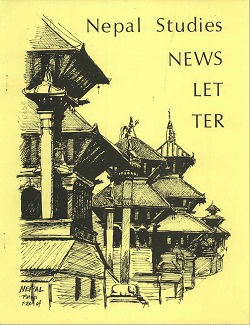Author Biography
Liam Anderson gained an undergraduate degree in Social Anthropology from the L.S.E. He then studied for a Master's degree in International Affairs: International Security at Sciences Po, Paris, focusing particularly on the regions of South Asia and sub-sarahan Africa. His interests include post-conflict stability, interstate relations, and group identity, and he has written a number of journal articles on these topics.
Abstract
This article aims to analyse New Delhi’s role in post-war Nepal, understood as part of its search for security in its periphery. India has been deeply involved in Nepali affairs since Independence, holding an influential position which has often engendered resentment, but which was nevertheless important in negotiating an end to the Maoists’ People’s War in 2006. Since engaging the Maoists, with whom New Delhi had a historically hostile relationship, India has appeared inclined to be seen as a supportive larger neighbour rather than an imposing regional hegemon. This, as an attempt to improve regional relations, can still be understood as an approach heavily defined by security concerns, supporting actors and strategies considered most conducive to stability; indeed Indian actors have a multitude of interests in Nepal, from border security to hydropower. In the post-war period Nepal faces many challenges, chief among which are the ever inconclusive constitution and peace process; these are essential to forging a Nepali state that is balanced between the many diverse political groups and inclusive of ethno-regional minorities, in order to ensure stability in Nepal and India’s sensitive Himalayan border region. It can thus be considered in India’s interests to support and engage the often divergent Nepali political groups, while avoiding appearing intrusive, to overcome the protracted and tumultuous political impasse and form a durable government.
Acknowledgements
I would like to express my thanks to Himalaya’s editors, anonymous reviewers, Dr Frederic Grare, and my family for their comments and help with writing this paper.
Creative Commons License

This work is licensed under a Creative Commons Attribution 4.0 License.
Recommended Citation
Anderson, Liam D.. 2014. Searching For Security: India’s Role in the Post-War Federal Democratic Republic of Nepal. HIMALAYA 33(1).
Available at:
https://digitalcommons.macalester.edu/himalaya/vol33/iss1/7


